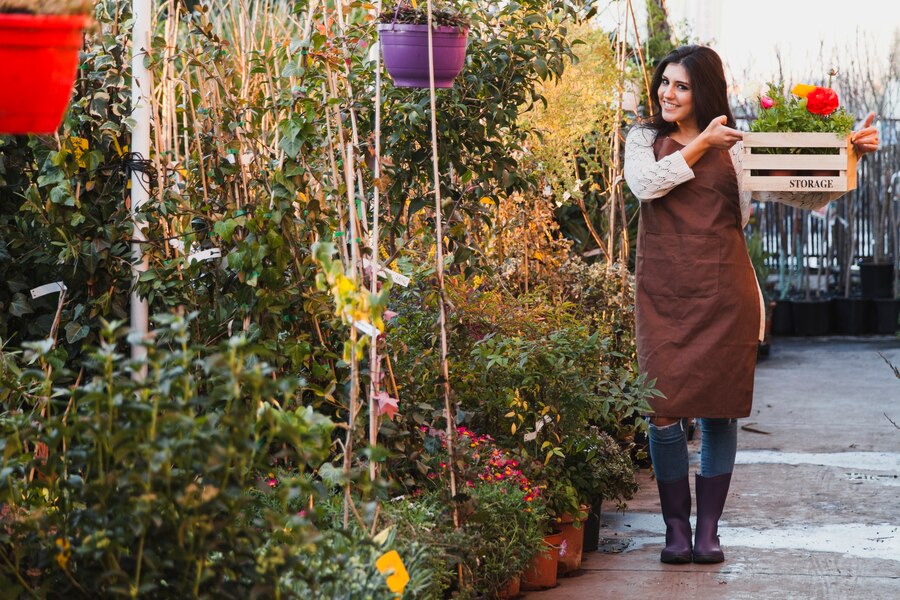This post explores the importance of strategic landscape preservation for maintaining lush, vibrant gardens year-round. It offers essential seasonal strategies to help gardeners, from beginners to experts, care for their outdoor spaces. Readers will find actionable tips and expert insights for reviving their gardens after winter and preparing for the cold months ahead, ensuring their landscapes thrive in every season.
Spring into Action
Reviving Your Landscape Post-Winter
Spring is the perfect time to rejuvenate your landscape after the dormancy of winter. Start by assessing any damage that the cold months may have inflicted. Look out for broken branches, frost-bitten plants, and compacted soil. Once you have a clear picture, you can begin the restoration process.
The Importance of Soil Testing
Before you jump into planting, it’s crucial to test your soil. This will give you valuable insights into its pH levels and nutrient content, allowing you to make informed decisions about fertilization. Soil testing kits are readily available at garden centers, or you can send samples to a local extension service for a detailed analysis.
Early Planting for a Head Start
Spring is the best time for early planting to give your plants a head start, especially with a sale on seeds! Consider planting hardy annuals and perennials that can withstand the fluctuating temperatures. Bulbs like tulips and daffodils can add a splash of color to your garden, while vegetables like lettuce and peas thrive in the cool spring air.
Summer Success
Mastering Maintenance Strategies
Summer brings abundant growth, but it also requires diligent maintenance to keep your landscape healthy. One of the most important aspects is proper watering. Water deeply but infrequently to encourage deep root growth, and aim to water in the early morning to minimize evaporation.
Mowing Techniques for a Lush Lawn
When it comes to mowing, less is more. Set your mower blades high to keep your grass longer, which helps shade the soil and reduce water loss. Remember to change your mowing pattern each time to prevent soil compaction and promote even growth.
Combatting Summer Pests
Summer is also prime time for pests. Keep an eye out for common garden intruders such as aphids, slugs, and spider mites. Consider using eco-friendly pest control methods like neem oil or introducing beneficial insects like ladybugs to keep these pests in check.
Fall Preparations
Preparing for Winter’s Chill
Fall is the time to prepare your garden for the upcoming winter. Start by cleaning up fallen leaves and debris, which can harbor pests and diseases over the colder months. Compost these materials to create nutrient-rich soil for next spring.
Protecting Your Plants
Consider mulching around the base of your plants to insulate the soil and roots from fluctuating temperatures. For particularly sensitive plants, you might even want to use burlap or garden fabrics as protective covers.
Lawn Care for a Vibrant Spring
Fall is also the time to focus on lawn care. Aerate your lawn to relieve compaction, overseed with hardy grass varieties, and apply a slow-release fertilizer to provide essential nutrients over the winter months.
Winter Wonders
Caring for Trees and Shrubs
During the dormant winter season, it’s important to prune trees and shrubs to maintain their health and shape. Focus on removing dead or diseased branches and thinning out dense areas to promote airflow and sunlight penetration.
Snow Management for Your Landscape
While snow can act as an insulator for your plants, too much accumulation can be harmful. Gently remove heavy snow from branches to prevent breakage, and be cautious with salt and deicing products that can damage your plants and soil.
Maintaining Garden Equipment
Winter is also a great time to maintain your garden tools and equipment. Clean, sharpen, and oil your tools to ensure they’re in top condition for the spring. This is also the ideal time to plan any landscape changes or additions you’d like to make.
Conclusion
Now that you have a year-round landscape preservation plan, your garden can look its best in every season. Remember to assess and adjust your strategies as needed, stay diligent with maintenance tasks, and most importantly, enjoy the beauty of your transformed outdoor space!










